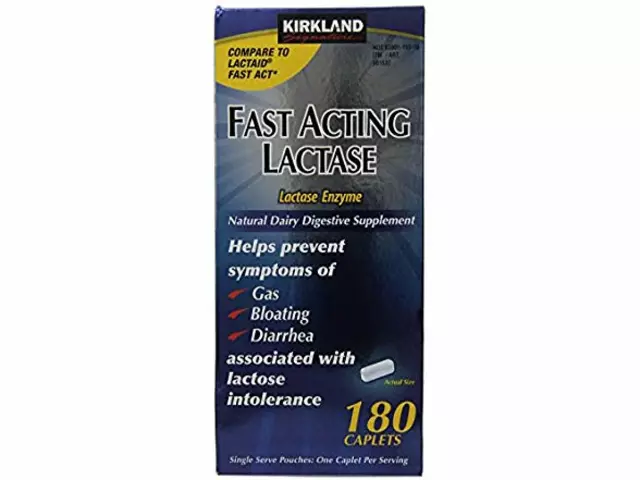Magnesium Pain Relief: Quick Facts and How to Use It
If you’ve ever felt sore muscles after a workout or achy joints on a rainy day, you might have heard that magnesium can help. It’s not a miracle cure, but many people notice less stiffness and fewer cramps when they add the right amount of magnesium to their routine. Below we break down why magnesium works, the best forms to take, and simple tips to avoid common mistakes.
Why Magnesium Helps with Pain
Magnesium plays a key role in muscle contraction and nerve signaling. When levels are low, nerves can fire off too easily, leading to cramps, spasms, or a feeling of tightness. Magnesium acts like a natural relaxant, calming those over‑active signals and allowing muscles to unwind. It also supports the production of ATP, the energy molecule that fuels cells, which can reduce fatigue‑related aches.
Research shows that people with chronic low back pain or fibromyalgia often have lower magnesium levels. Boosting magnesium can improve blood flow and reduce inflammation, two factors that contribute to everyday aches. The result? You may feel a subtle but steady reduction in pain without reaching for a painkiller.
How to Take Magnesium Safely
Start with a low dose – around 200‑300 mg of elemental magnesium per day – and see how your body reacts. Common forms include magnesium citrate, magnesium glycinate, and magnesium oxide. Citrate and glycinate are easier on the stomach and absorb better, while oxide contains more magnesium per pill but can cause loose stools.
Take magnesium with food to improve absorption and reduce gastrointestinal upset. If you’re prone to diarrhea, split the dose: half in the morning, half in the evening. Keep an eye on interactions – certain antibiotics and bisphosphonates don’t play well with magnesium, so separate them by at least two hours.
Women who are pregnant or nursing, as well as people with kidney disease, should talk to a doctor before adding a supplement. For most healthy adults, staying under 350 mg of supplemental magnesium per day is safe and effective.
Beyond pills, you can get magnesium from foods like leafy greens, nuts, seeds, and whole grains. A handful of almonds or a spinach salad can add a gentle boost to your daily intake.
Summing up, magnesium is a low‑cost, low‑risk option for people looking to ease muscle tension and mild joint pain. Pair it with regular stretching, proper hydration, and a balanced diet, and you’ll likely notice a smoother, less painful day.

How Nutrition and Diet Can Ease Trigeminal Neuralgia Pain
Explore how specific foods, nutrients, and dietary patterns can lessen trigeminal neuralgia symptoms, with practical tips, meal ideas, and science‑backed guidance.
Health and WellnessLatest Posts
Tags
- online pharmacy
- medication
- dietary supplement
- side effects
- online pharmacy UK
- mental health
- impact
- online pharmacies
- dosage
- medication safety
- skin health
- health
- pain relief
- dietary supplements
- massage therapy
- medication side effects
- eye inflammation
- health benefits
- mental health treatment
- thyroid medication



